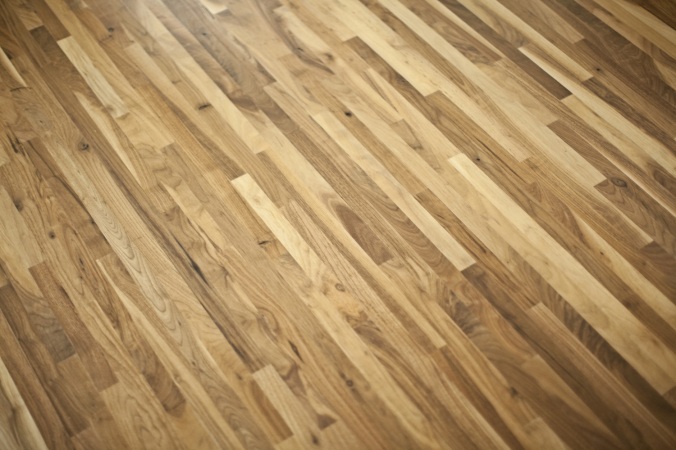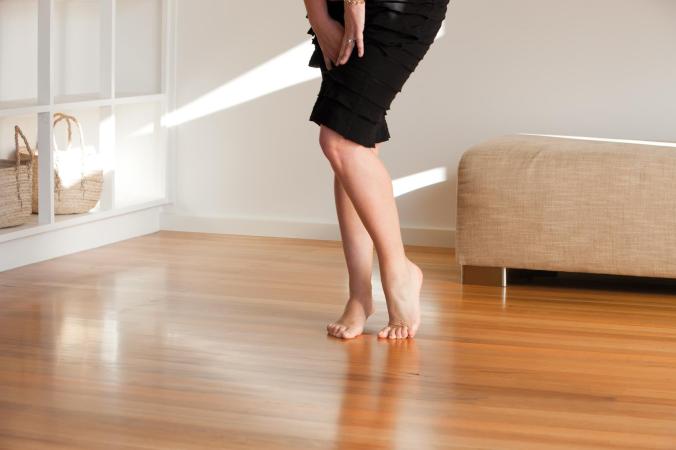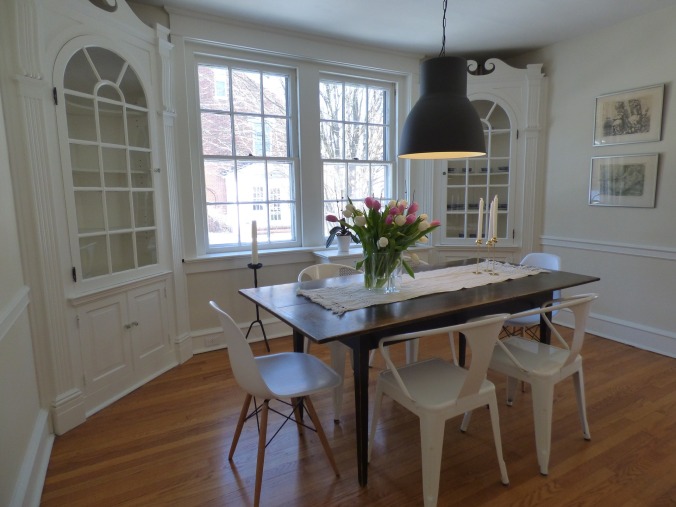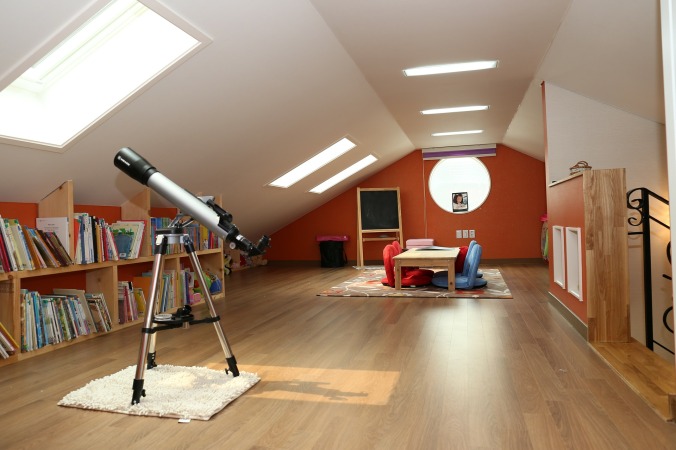Natural oak a mid tone wood which has the ability to sit quite comfortably within a traditional or modern home
The dark floor (almost black) a popular choice, especially for high-end homes. It gives a classic look and makes items in the room stand out, especially paired with white kitchen cabinets and other light features in the room. Due to the dark colour, it hides any marks or blemishes. The most popular stains are Charcoal, Ebony, Jacobean and Espresso.
The grey floor, a continuing trend and showing no sign of slowing down. Popular shades are Grey lime washed oak as this sits nicely with a modern interior
The white wood floor, this modern finish has the ability to lighten a room and is great for Shabby Chic or minimalist spaces.
The reclaimed wood floor the appeal of a reclaimed floor is that it comes with it own story, often salvaged from old homes or factories, it instantly adds character and warmth to the home. Other benefits are that it is very environmentally friendly, a win-win choice.
The patterned wood floor, such as herringbone or chevron (which are the most common, but by no means the only patterns available) are a great way to add style and drama to a room, breaking up the traditional parallel lines that we are so used to seeing. It’s also a very ‘of the moment’ pattern.


